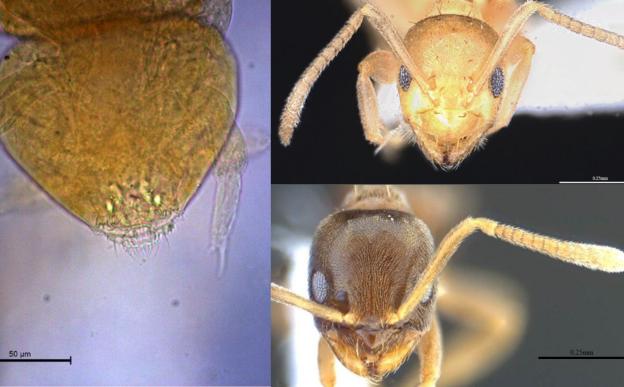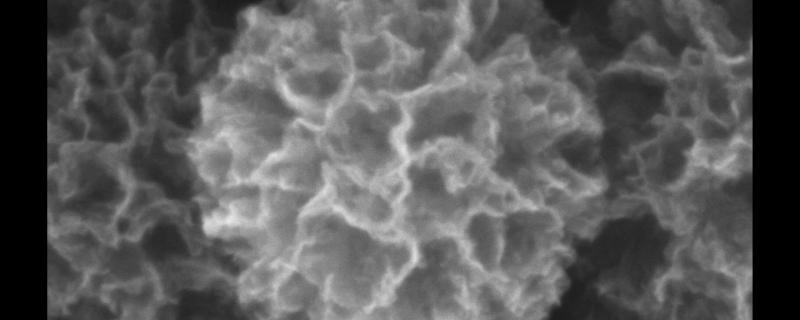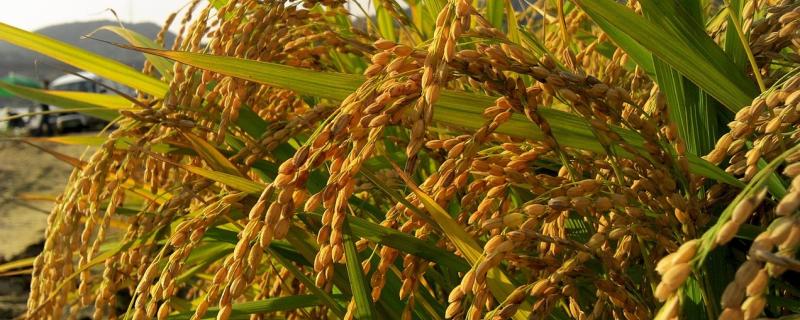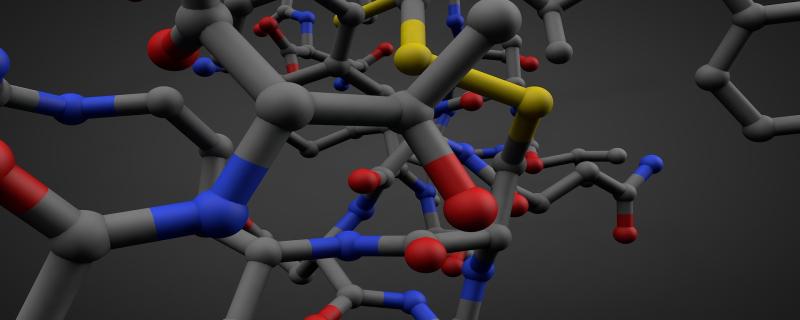COVID-19, the pandemic that has shaken the world, will perhaps change our lives forever. Often, we now talk of a ‘pre-COVID’ world, where business was as usual, and a ‘post-COVID’ world which is the new normal. While the disease, caused by a tiny virus, has affected millions, it has also brought to fore some often-ignored challenges and opportunities to build a better tomorrow. Science has been in the forefront, driving these monumental changes across the world—from understanding the virus and designing a vaccine, to throwing insights on how we could prepare for and prevent the next pandemic.



![Solar flares - [Image credits: Solar Dynamics Observatory / Public domain] Radio-images of the Sun explains the anomaly in its atmospheric temperature](/sites/researchmatters/files/styles/large_front_800x320/public/arcing_active_region.jpg?itok=clat14v5)



![Trimeresurus salazar from Pakke Tiger Reserve [Image credits: Dr .Zeeshan Mirza] Meet Salazar’s pit viper – a new snake species named after the parseltongue wizard](/sites/researchmatters/files/styles/large_front_800x320/public/pitvipernew.jpg?itok=ExzFSbFk)
![Image for representation purposes only [Image Credits: Tom Ellenberger, Washington University School of Medicine in St. Louis. / Public domain] The vital role of Plasmodium’s molecular scissors in its cellular function](/sites/researchmatters/files/styles/large_front_800x320/public/molecule_12june.jpg?itok=YEkQZc6f)
![A damselfly’s colours have more to them than adding to the looks [Image credits: Shantanu Joshi] Agriocnemis pygmaea [Image credits: Shantanu Joshi]](/sites/researchmatters/files/styles/large_front_800x320/public/agriocnemis_pygmaea.jpg?itok=IhZl1h3a)
